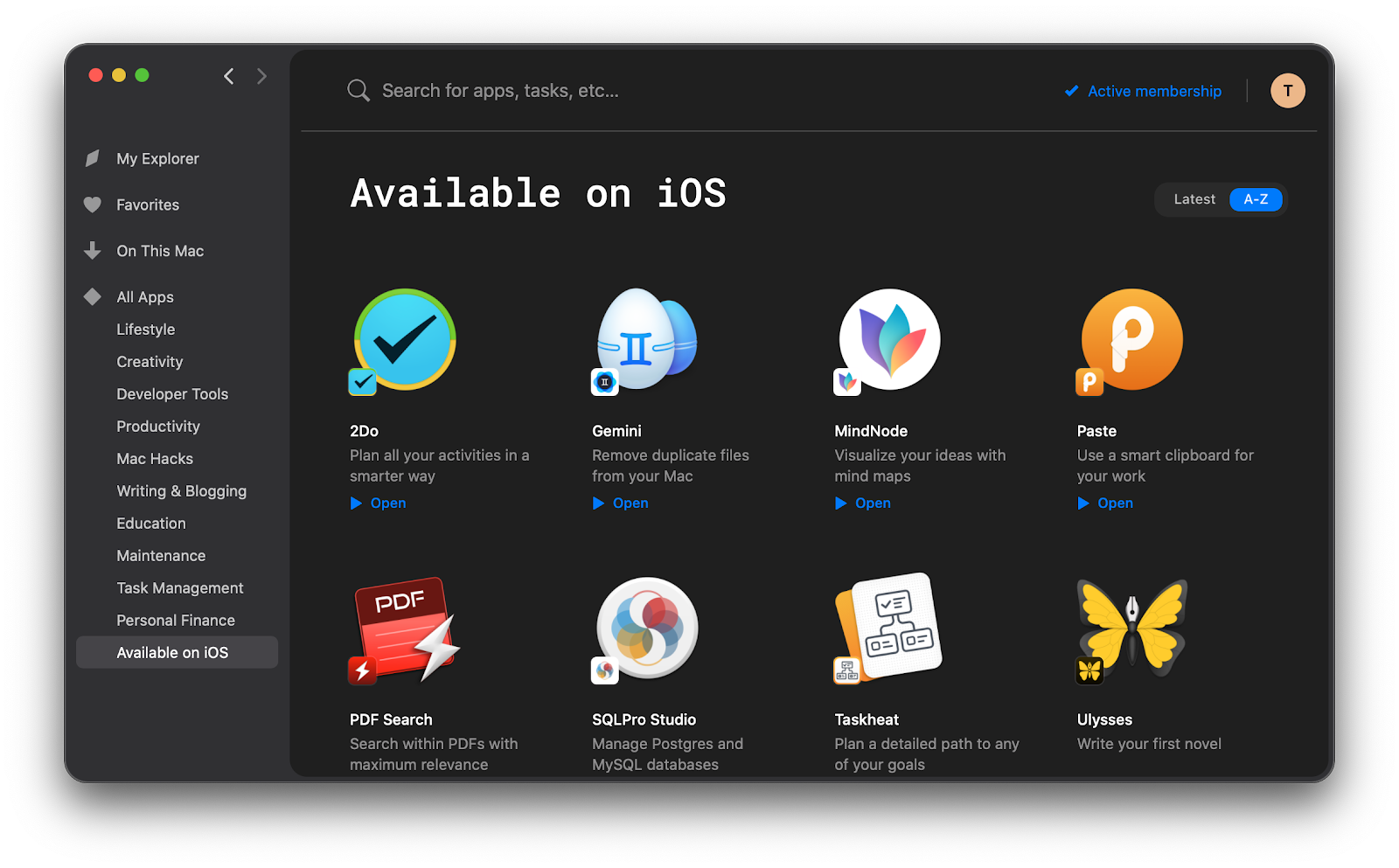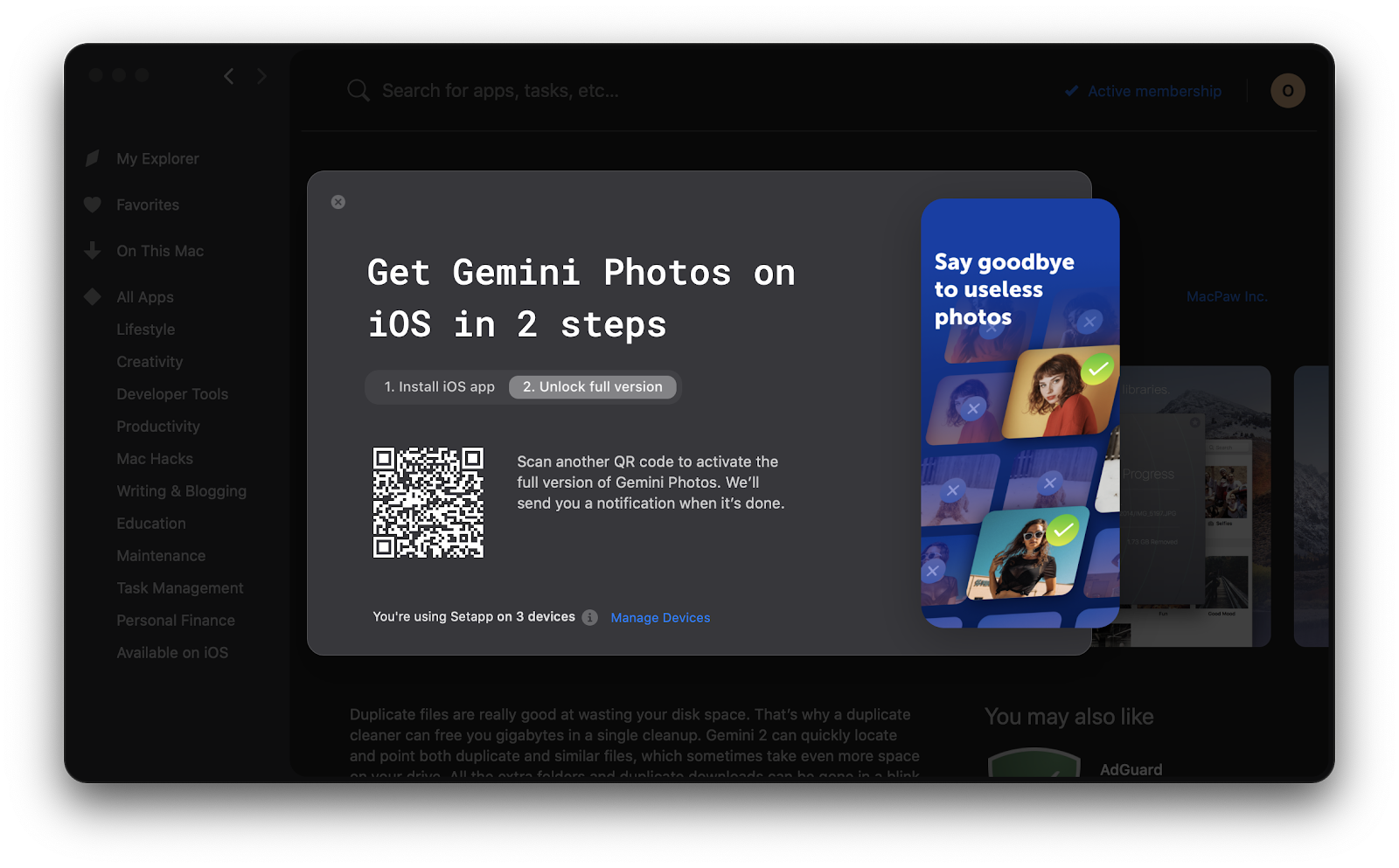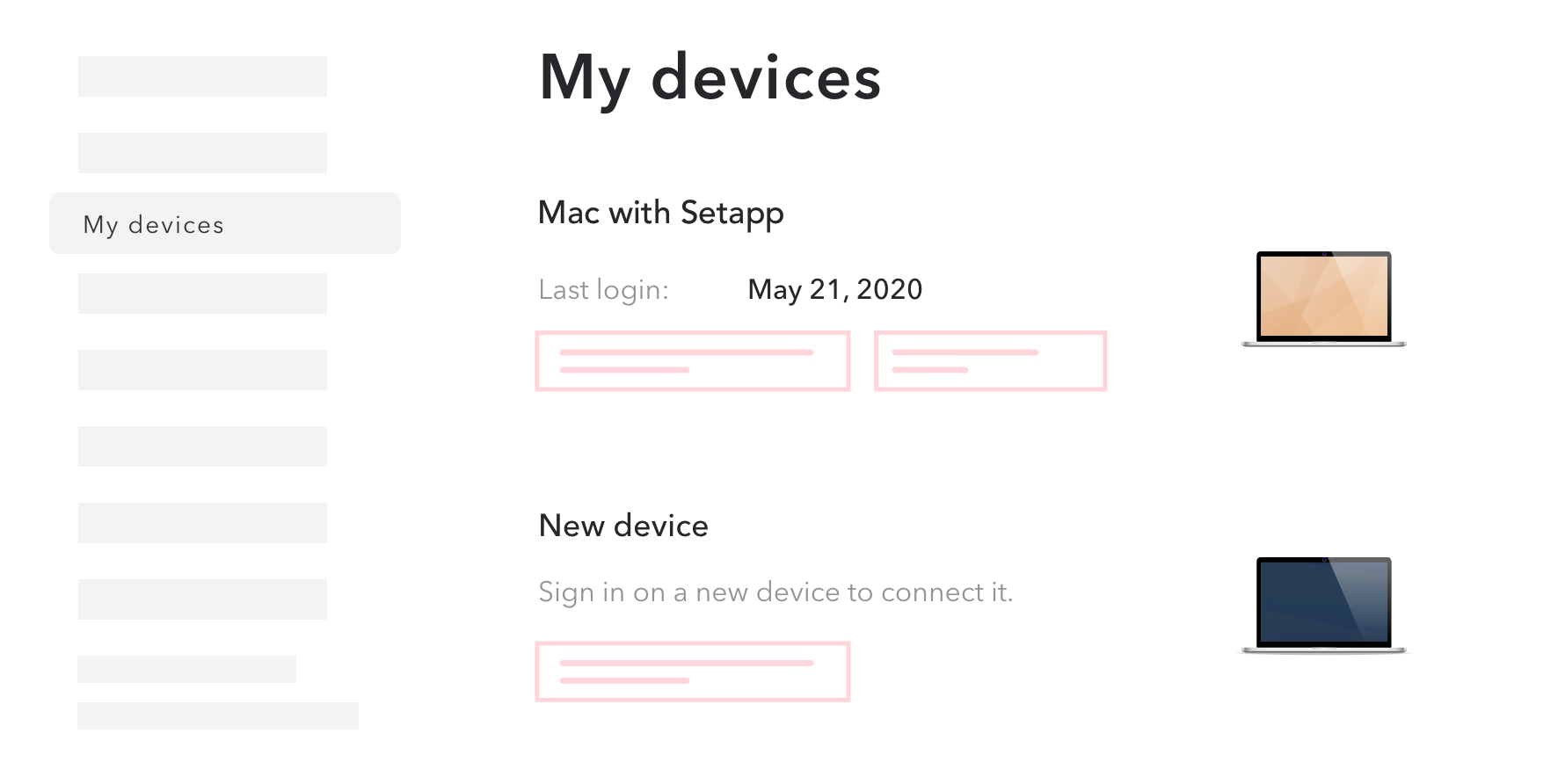Setapp, the subscription service that provides access to nearly 200 paid Mac apps for a flat monthly fee, recently announced its arrival on iOS (and iPadOS). While the move has undoubtedly been anticipated since Setapp’s launch in 2017, not many would’ve expected it would become a reality given the restrictions on Apple’s mobile platforms.
Setapp launched on iOS (and iPadOS, argh, I hate doing this) in August with eight apps, with two more seemingly added since. Arguably the most high profile of these apps is Ulysses, the text editor that’s gained its fair share of fans — with @prawnway being the most dedicated user I know — since its launch a few years ago.
I too have spent a fair amount of time using Ulysses — in fact I’m typing this in Ulysses, before I post this via MarsEdit, another longtime favourite Mac app available via Setapp — thanks at least in part to the fact that it was included as part of Setapp, a service I was already using. I have never completely embraced it thanks to its few quirks, not least of which is the way it handles links in Markdown.
Before this becomes a post about Ulysses, let’s switch back to talking about Setapp. The new iOS offering also includes apps like 2Do, Paste, and SQLPro Studio, but what’s more interesting than the selection of apps is how Setapp is getting around Apple’s restrictions to effectively “unlock” in-app purchases on iOS and iPadOS.

The Setapp app on macOS has a new section called Available on iOS, which lists apps available as part of the new offering. Open the listing page of any of these apps and you will see an ‘iOS app’ button. Tap on this button and you’ll see two options — one to download the iOS app, if you don’t have it already, and the other to unlock all features of the app.
Both these things are done via QR codes. The idea is to first install the app via the App Store and then, in the second step, to scan a QR code that unlocks all features of the said app. The app then behaves exactly how it would have if you completed an in-app purchase via the App Store.

Setapp has a webpage explaining how this setup doesn’t violate Apple’s policies, but one can’t help but wonder if Apple will one day wake up and decide this kind of behaviour is no longer allowed. That fear aside, the most disappointing fact about Setapp for iOS (and iPadOS, sigh) is probably the limited number of apps on offer right now.
As mentioned earlier, there are only ten iOS apps on offer, and all of them are “companions” to Mac apps that are already available via Setapp. That’s a disappointingly low number, but it’s worth remembering that Setapp’s entry to Mac was similar in terms of the relatively small set of apps on offer, and now the platform has grown to 198 apps (at the time of publishing this post).
Given App Store’s terms of service, it’s unlikely that Setapp will be able to offer access to “standalone” iOS/ iPadOS apps (i.e. ones without a corresponding app on other platforms) anytime soon, but one hopes that at least some other high profile Setapp partners like Screens will include their iPhone and iPad apps as part of the service.
This is especially important given some of the service’s changes around policy and pricing. Even before the launch of Setapp on iOS, the likes of Ulysses were already offering Setapp users unrestricted access to their iPad and iOS apps. But with the introduction of Setapp for iOS, each iPhone or iPad added to a Setapp account counts towards your device quota.

Those on the Setapp personal plan ($9.99 per month) are limited to using their apps on a single Mac, while if you have a Family plan ($19.99 per month) you can enjoy the same access across four different devices. Setapp now lets you add an iPad or iPhone to your account for $2.49 per month, which means if you are using, say, Ulysses across a Mac, iPhone, and iPad, you will end up paying more for that privilege.
With that said, the advantage of using a service like Setapp is unlimited access to 198 fully-unlocked premium Mac apps, including the likes of iStat Menus, Screens, BetterZip, CleanShot X, and many, many more. If you are interested in just one or two specific premium apps, you’ll undoubtedly be better served by signing up for those services directly.
What I like about Setapp is the fact I have discovered a handful of apps that otherwise may not have become part of my workflow. Every time I have a new requirement, the Setapp store is usually my first port of call, and invariably I end up finding something I can use (and at least tolerate, if not like).
Late last year, Setapp also extended its standard offering to business customers, in addition to offering custom plans that provide access to a subset of apps at an agreed per-user price. With a handful of popular developer tools and eduction apps in its portfolio, the company certainly has the potential to target a wide variety of companies. And if my work email inbox is any indication, Setapp certainly knows this too. PS – Sorry Tanya, I promise I will answer your email soon!